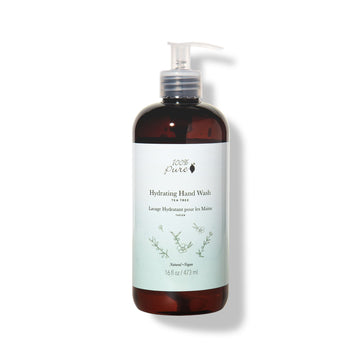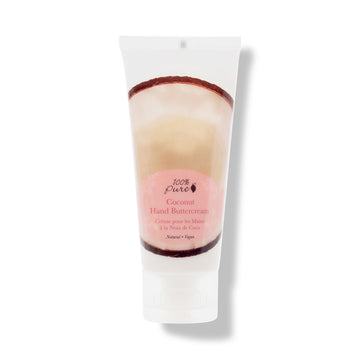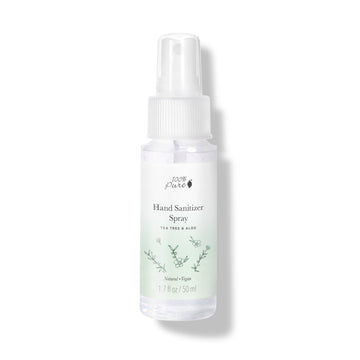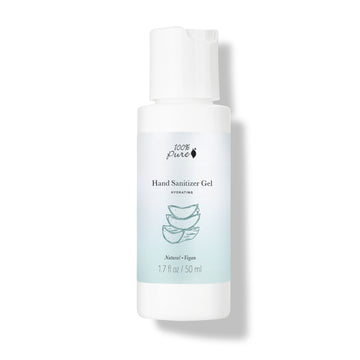A photo guide to washing your hands, and the hand soap ingredients to use (and avoid) for soft skin
Written by: 100% PURE ®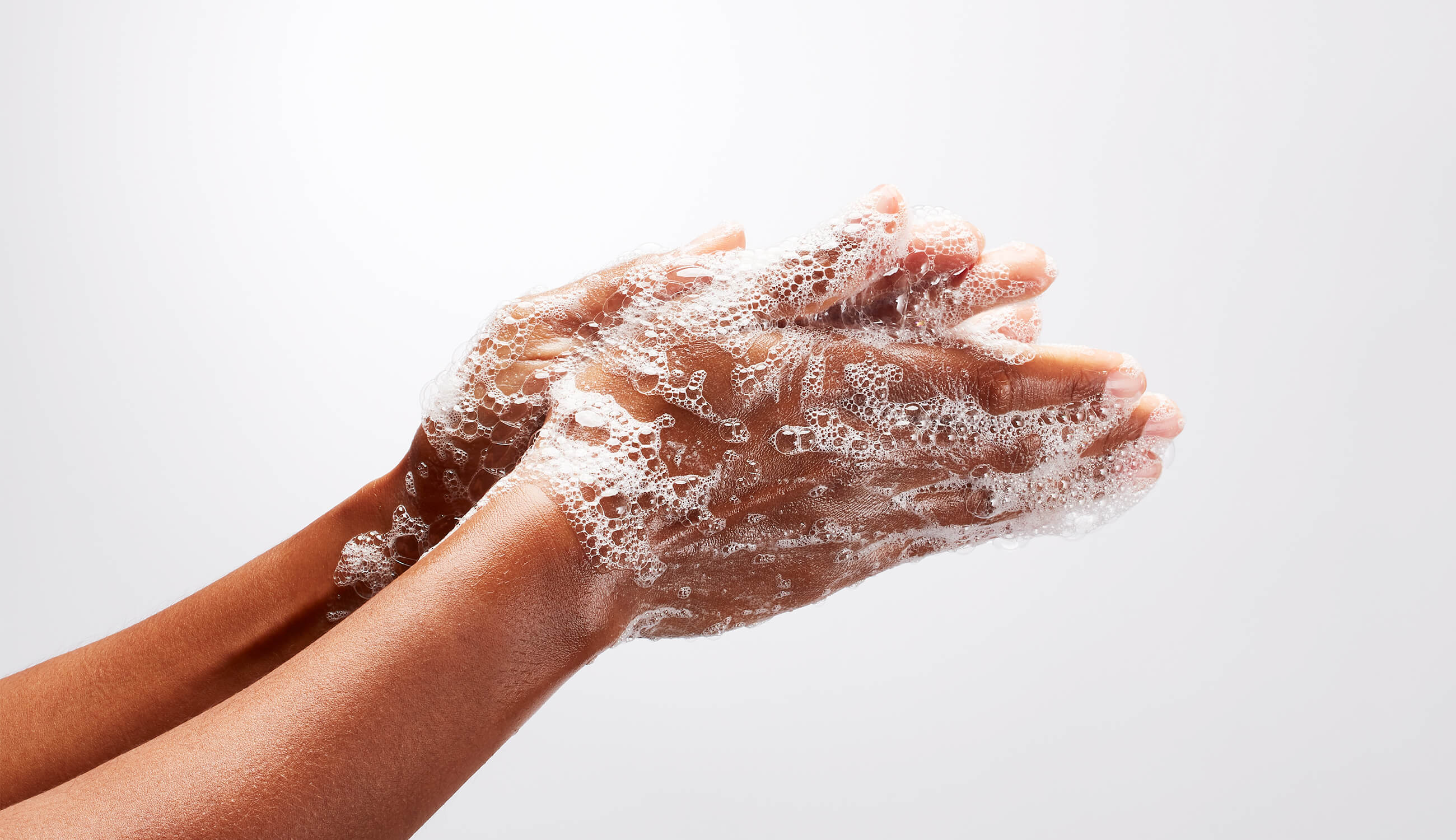
If there’s one thing we’re all too familiar with these days, it’s hand washing. Whether it’s to avoid catching germs to simply remove remnants of lunch, washing – and over washing – our hands is a key activity in our daily lives. But is diligent hand washing also damaging our skin?
Many conventional hand soaps contain harsh ingredients that can quickly deplete hands of their protective moisture barrier. Couple stripping soaps with improper handwashing and you could be left susceptible to germs and dry, cracked hands.
We’re delving into what natural ingredients to embrace, versus the ones hiding dirty secrets. We’ll also give a photo-refresher on proper hand washing techniques for soft, healthy hands!
Proper hand washing is not only important for you, but for the health of others. It’s an effective way to remove germs, avoid getting sick, and prevent the spread of germs and viruses to others. During the COVID-19 pandemic, the CDC has doubled down on its recommendation to keep hands clean. This is especially important to help prevent the virus from spreading.
Regularly washing your hands also helps children, the elderly, and those with compromised immune systems who may face more health challenges from getting sick. The CDC has advised for people to wash their hands often, use soap and water, and count to at least 20 seconds while lathering.
The more we spread awareness around proper hand wash techniques, the more healthy and germ-free we can all be.
Since we’ve become so diligent about washing our hands these days, we might overlook what’s really in that hand soap. Sure, when our usual soap brands are sold out, we’ll grab whatever product is in stock. But certain hand soaps could be doing more harm to your skin than you bargained for.
The sudsing action created by most hand soaps is from sulfates, which can leave skin parched and prone to dryness and cracking. Sulfates can also cause irritations like redness or itching. Hand gels are great go-to’s in the absence of water and soap, but some of these concentrations can irritate the skin barrier, leading to red, itchy, or cracked skin. This could create an entryway for germs and infections.
Some ingredients in conventional hand soaps may be hiding a dirty secret. Steer clear of petroleum-derived FD&C artificial dyes, which are labeled as a combination of numbers and colors like Red. No. 40. These dyes might contain harmful contaminants such as heavy metals. Most hand soaps contain fragrances, which can create skin irritation, or animal fats/ animal by-products that should stay with the animal, not us.
Since we use our hands for just about everything, it’s important to stick with a nourishing, natural hand soap. Ingredients to look for include intensely hydrating glycerin, which preserves essential moisture. Aloe vera has well known soothing and hydration benefits that make it another popular ingredient. Plant-based surfactants like Coco Betaine (biodegradable surfactant derived from coconut oil) can cleanse the skin without over-stripping natural lipids. The result: clean, soft hands!
We know there’s a good chance for your hands to suffer from overwashing. But your skin shouldn’t have to pay the price for healthy, germ-fighting habits! In a few short steps, we’ll show you how to wash your hands the right way to get soft hands with gentle (yet effective) ingredients.
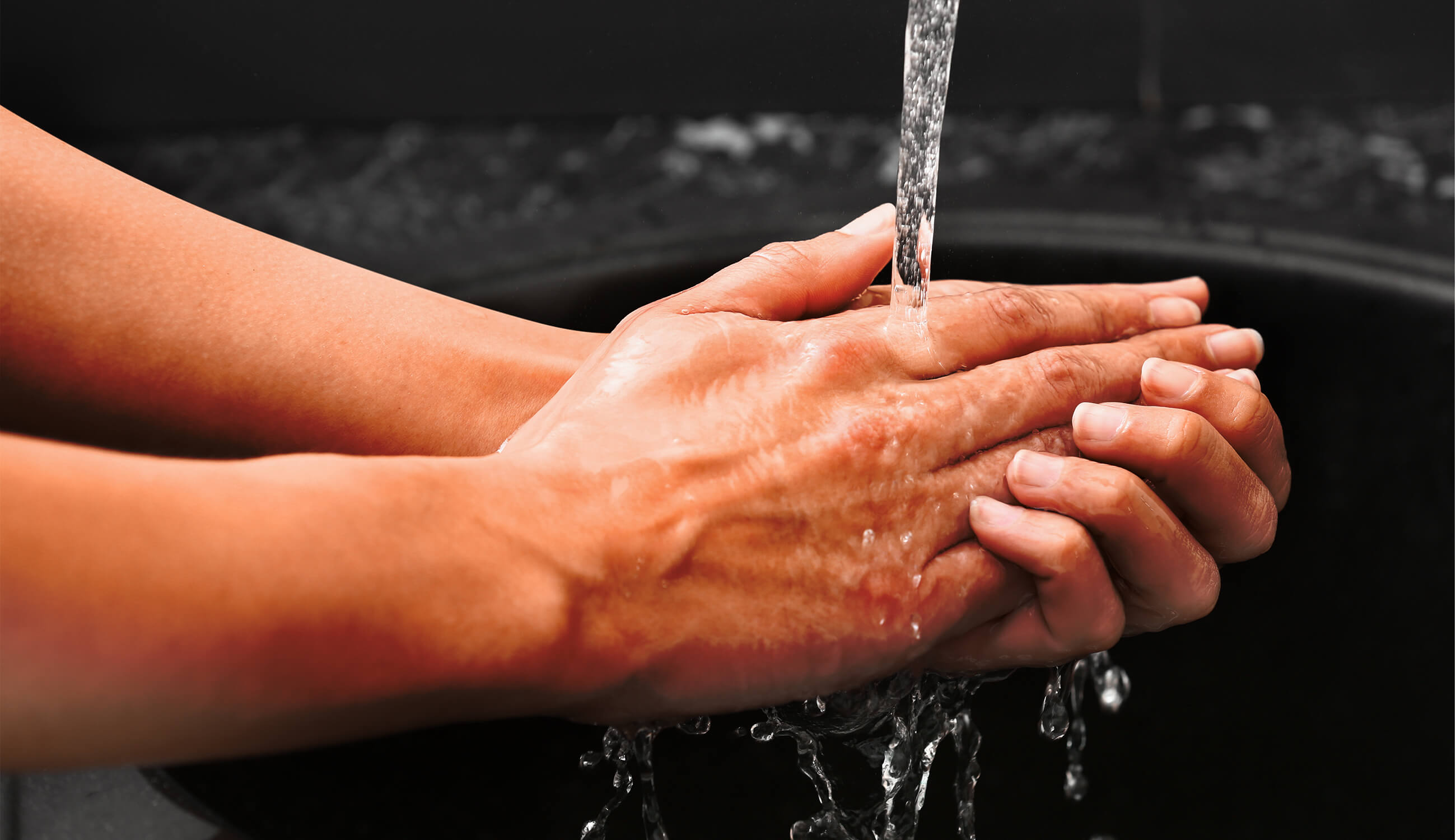
#1: Wet hands
Wet your hands with clean, running water (warm or cold - not hot), then turn off the tap.
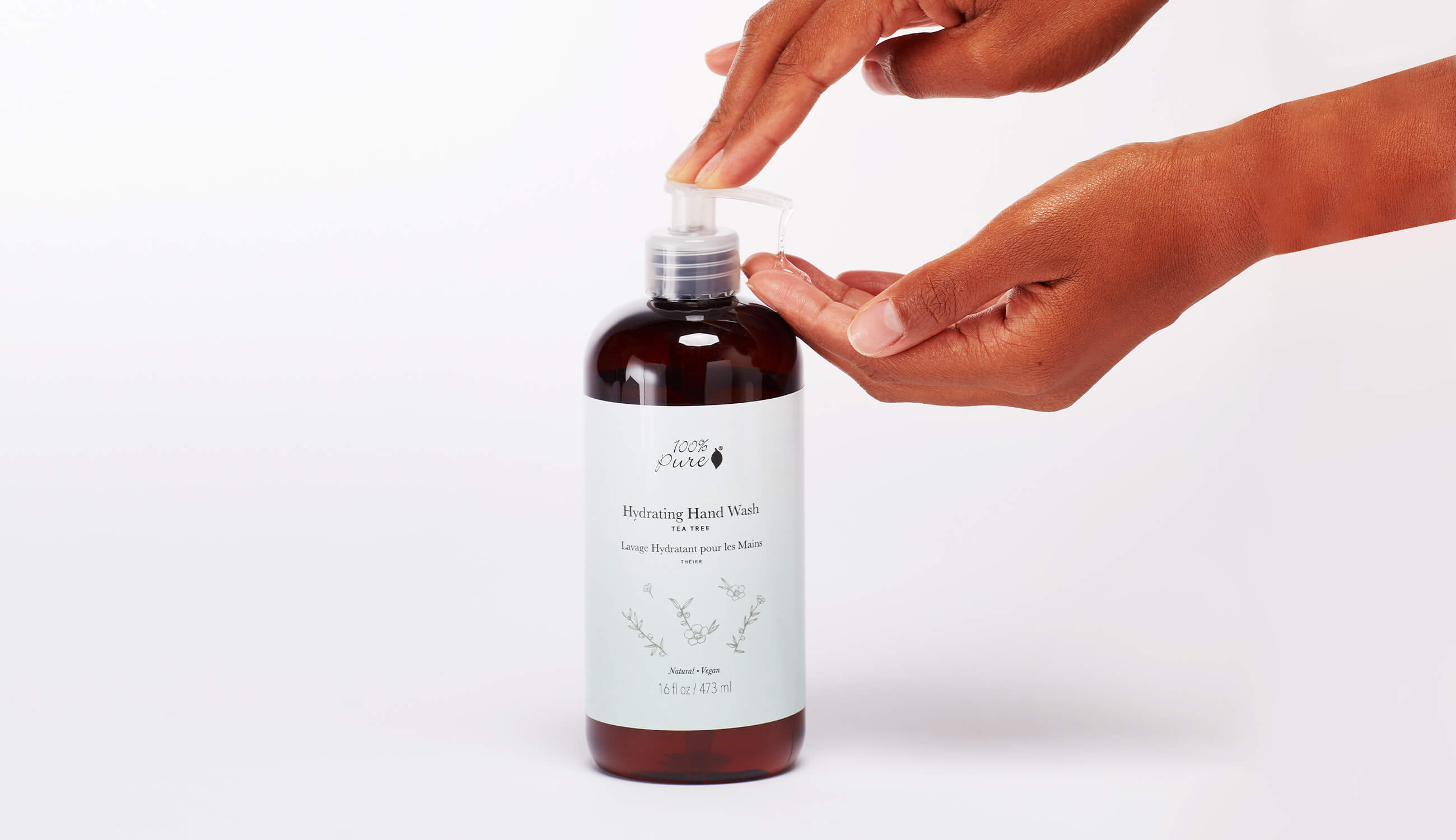
#2: Add soap
Apply enough soap to cover all surfaces of your hands and wrists. Using our Hydrating Hand Wash can work to kill germs and nourish the skin; tea tree oil possesses antibacterial and antiviral properties, while glycerin preserves moisture levels.
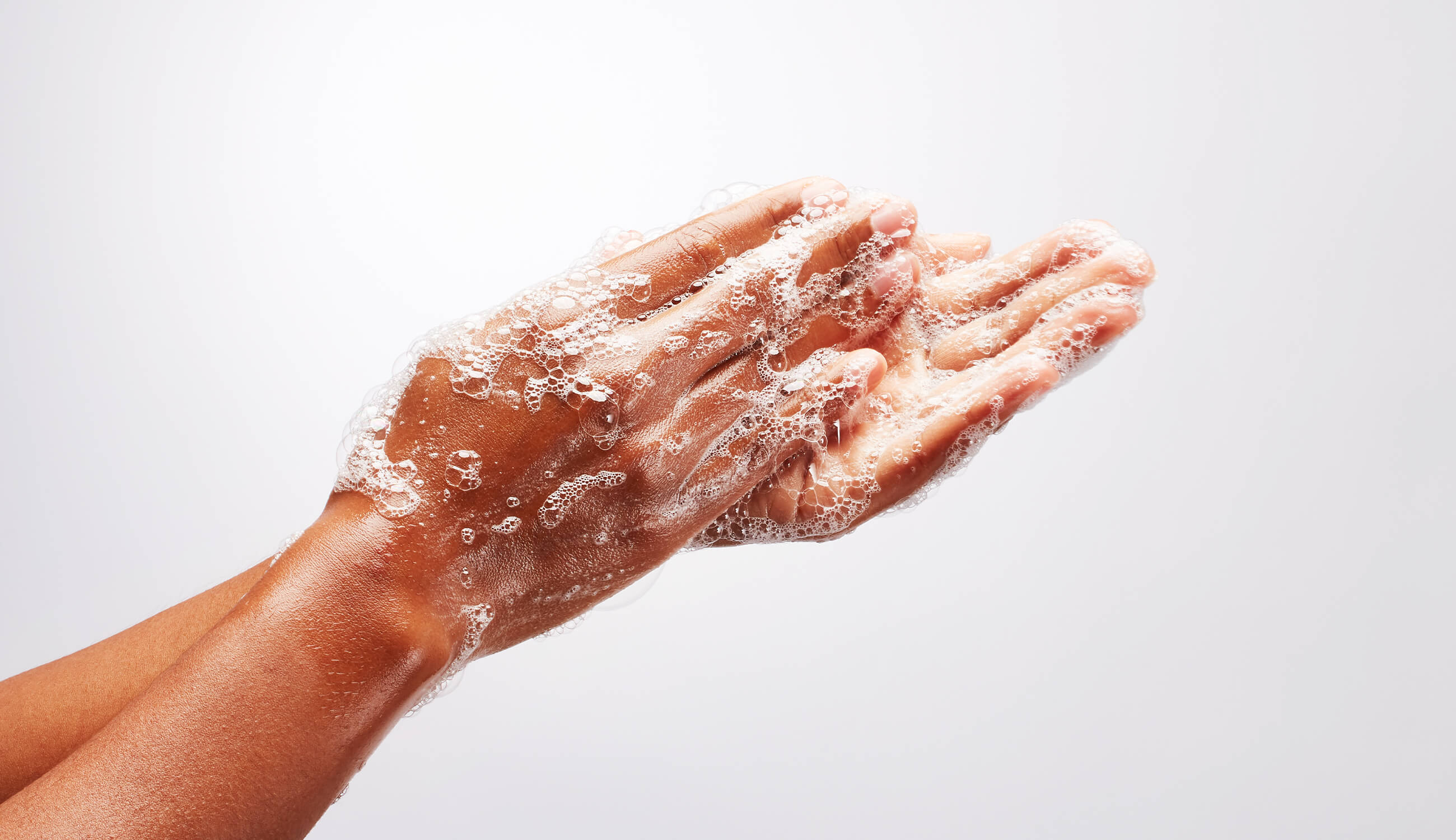
#3: Scrub/lather
Lather and rub your hands together briskly and thoroughly. Make sure to scrub all surfaces of your hands; wash between fingers, under nails, on palms, wrists, and backs of hands for at least 20 seconds.
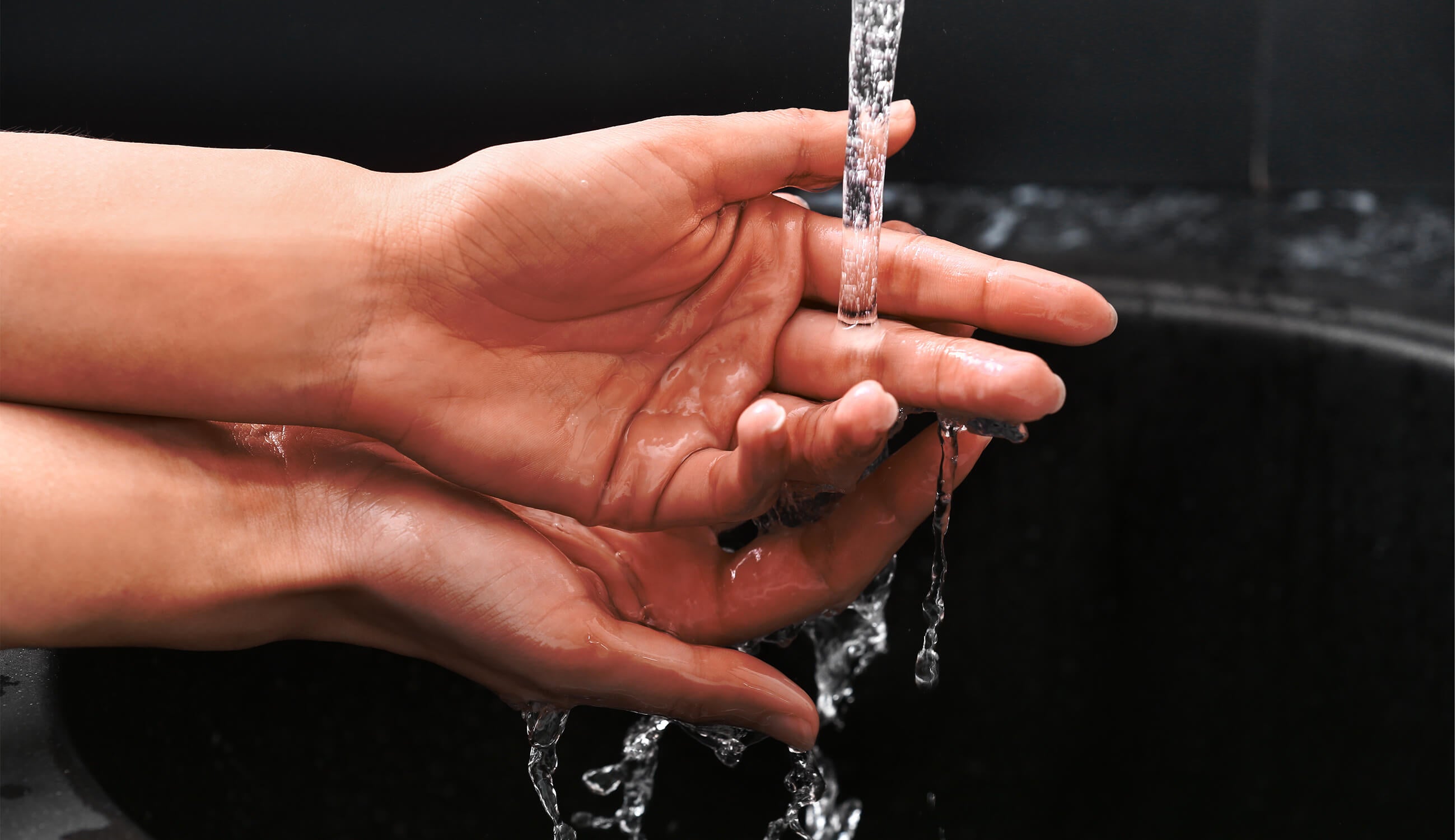
#4: Rinse
Rinse your hands and wrists well under clean — preferably running — water.
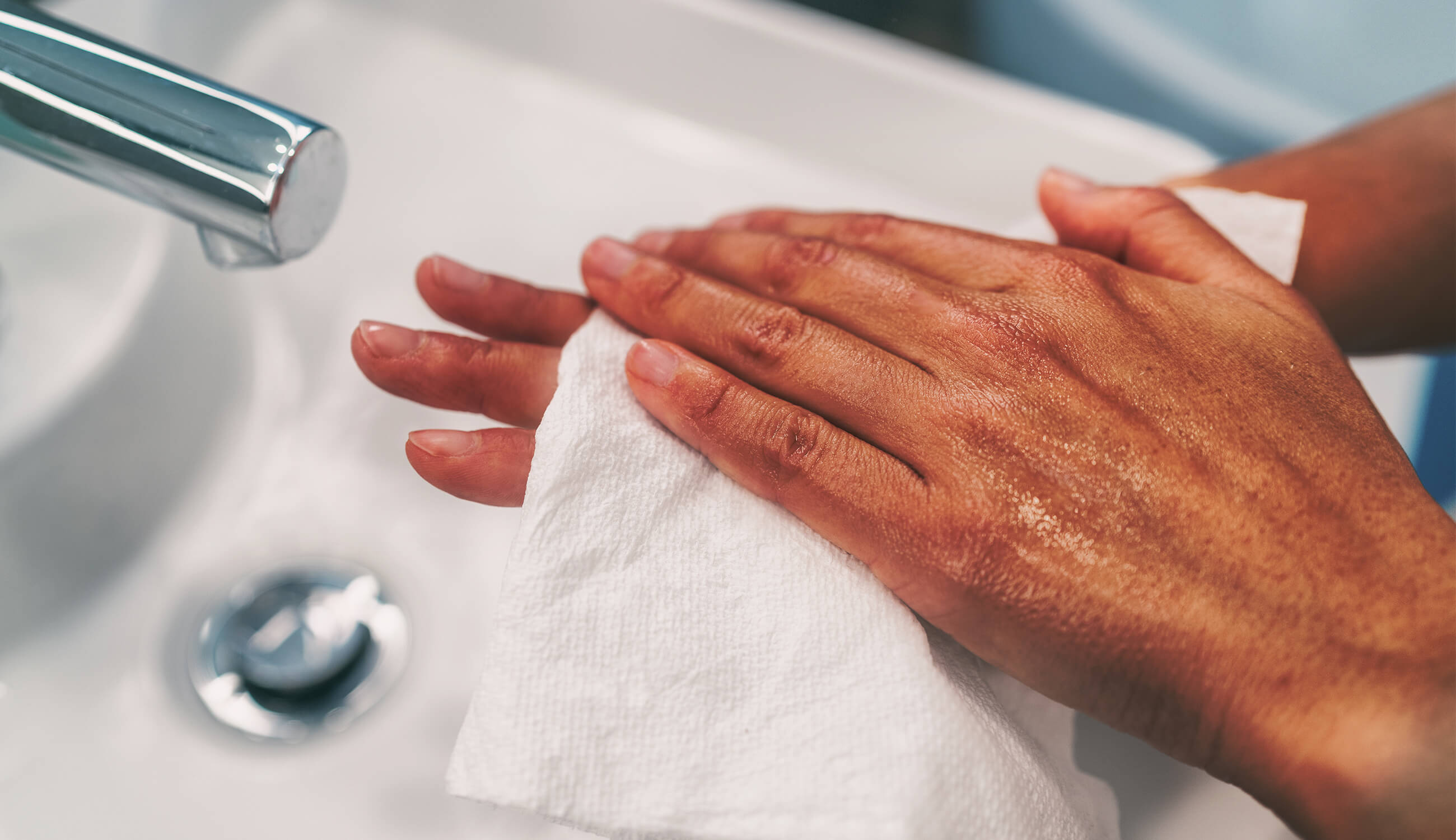
#5: Dry
Dry your hands and wrists using a clean towel, or let them air-dry. If you’re in a public or high-use area, use a clean towel or your elbow to turn off the faucet.
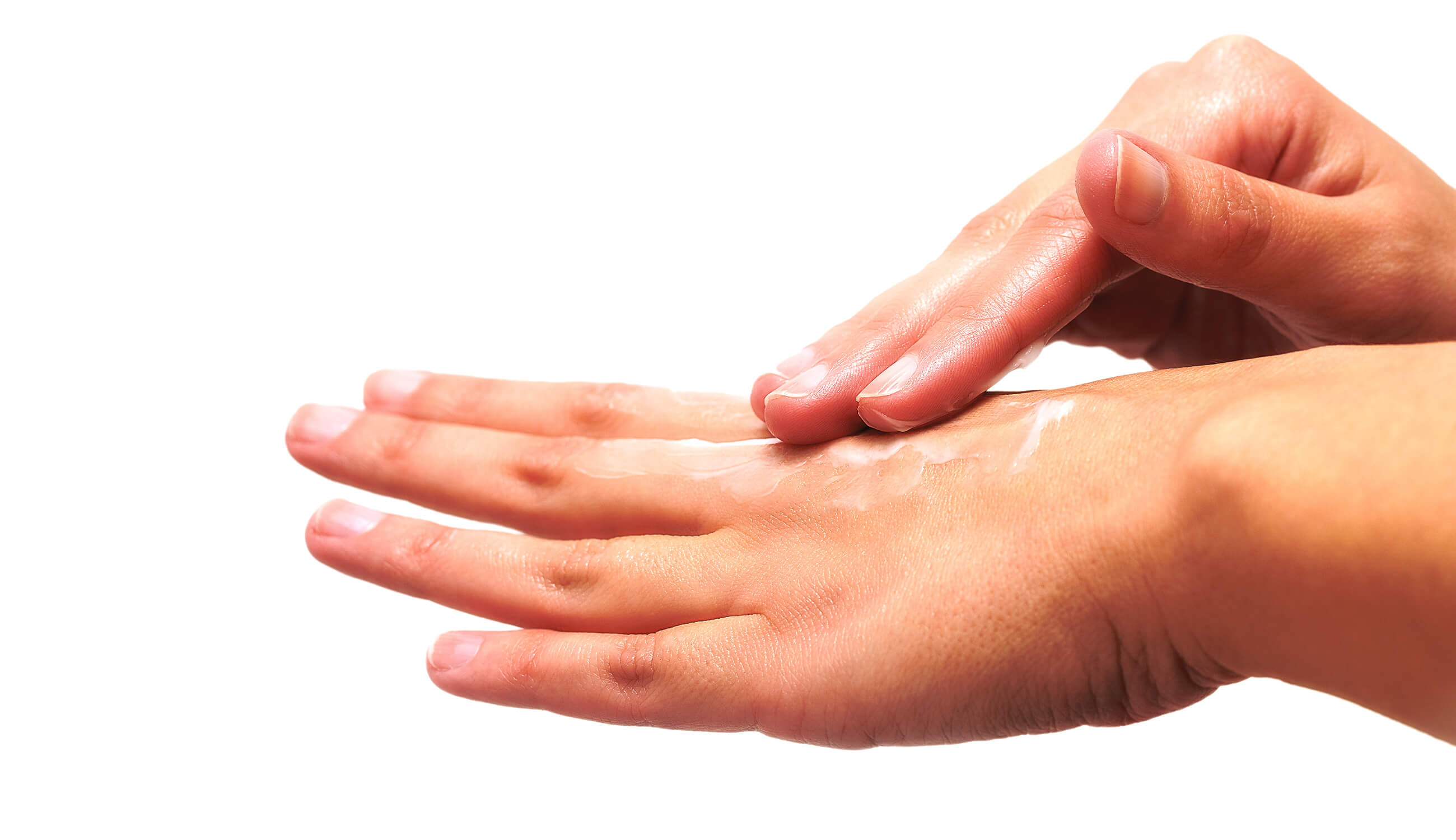
#6: Moisturize
Between washes, it’s important to moisturize your hands to help seal in essential hydration and form a natural protective barrier over skin. Our hand creams are non-greasy and fortified with natural butters and oils, as well as anti-aging vitamins for soft, supple skin.
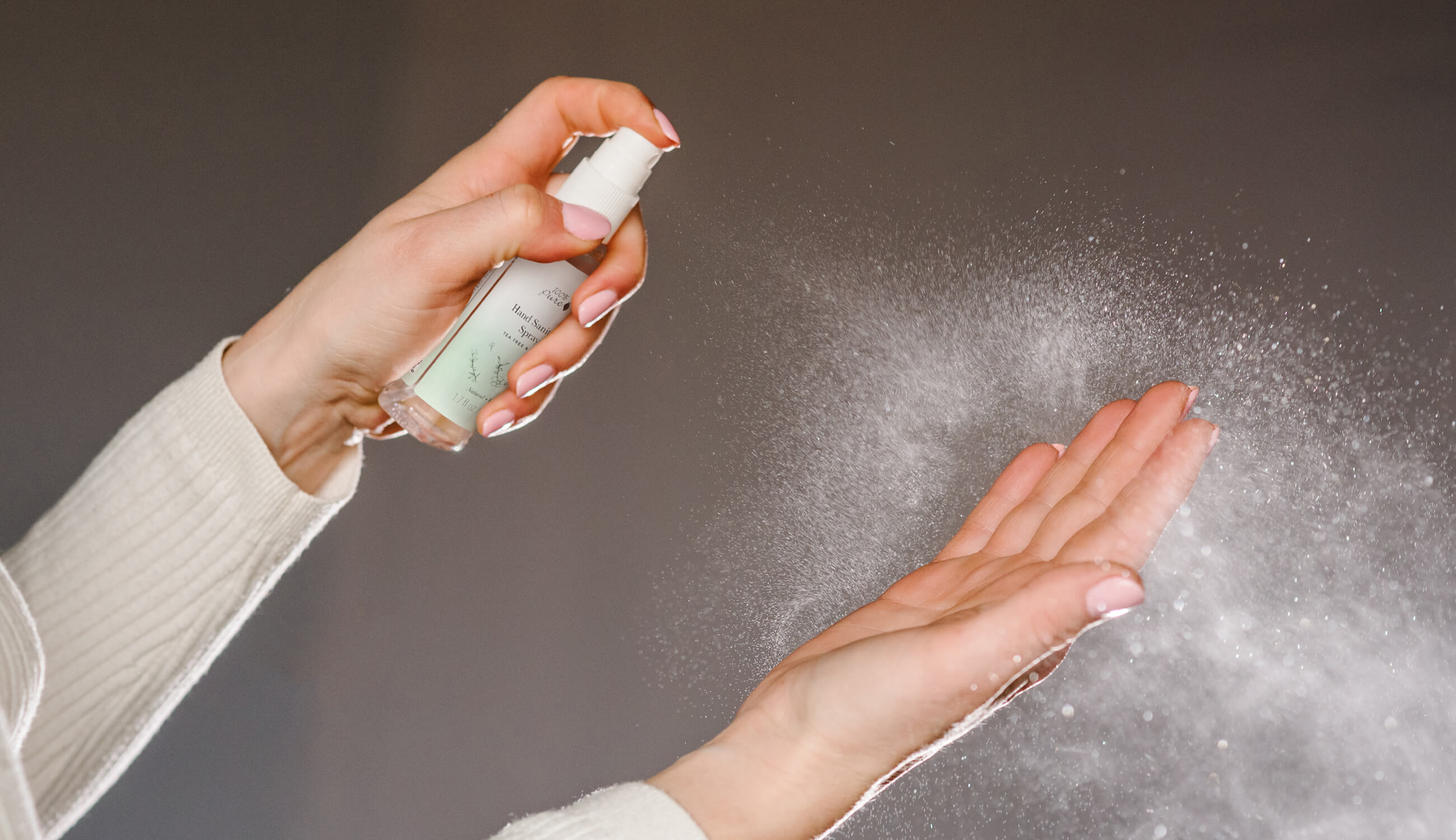
We’ve seen how clean hands were the order of the day for pretty much all of 2020 – and this year is no exception! While washing hands with soap and water is the best way to get rid of germs and debris, a sink isn’t exactly portable. For those moments when hand washing isn’t an option, you’ll need an alcohol-based hand sanitizer and the right washing technique to get the job done in a pinch.
#1: Remove dirt
Remove and wipe away any large debris or dirt with a hand cloth or towelette.
#2: Sanitize
Spray Sanitizer with at least these concentrations of 60 to 85% ethyl alcohol or 60-80% isopropyl alcohol onto hands. Our Hand Sanitizer Spray features antibacterial tea tree oil and ethyl alcohol for a quick-dry finish, while aloe vera gel and vegetable glycerin ensure hands feel fully hydrated. If you prefer the feel of a gel, then our Hand Sanitizer Gel is perfect for soothing dry hands and boosting germ-killing power with antimicrobial citric acid.
#3: Massage
Rub briskly, making sure to rub the sanitizer all over the surfaces of your palms and backs of hands and between fingers.
#4: Dry
Continue to rub in sanitizer and then allow your hands to fully air-dry. This should take around 20 seconds.
Hand hygiene is a simple, scientifically-based intervention that can help protect your health and the health of others and global health. But crucial habits like frequent handwashing can wreak havoc on our skin, especially if we’re not mindful of how often we’re using hand soaps with harmful ingredients. When you opt for a more natural hand soap with effective ingredients, the more your hands will thank you for it. Applause, please!
- Tags: Bath Body Hair, how-to, Wellness
We carefully hand-select products based on strict purity standards, and only recommend products we feel meet this criteria. 100% PURE™ may earn a small commission for products purchased through affiliate links.
The information in this article is for educational use, and not intended to substitute professional medical advice, diagnosis, or treatment and should not be used as such.












